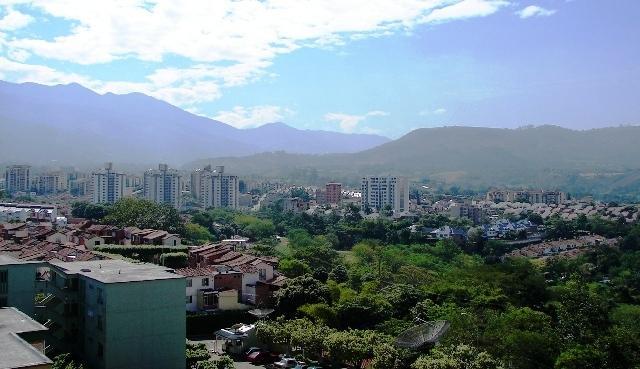Floridablanca, Santander, Colombia
Suggest Place to Visit
1960
Track to location with GPS |
 |
First Settlers: The territory currently occupied by the Municipality of Floridablanca was dominated in pre-Hispanic times by the chief Guane, as were Bucaramanga and Piedecuesta. Its aborigines were Guanes, although it is very unlikely that there was any important human settlement since the proximity to the triple border where Guanes, Yariquies and Chitareros converged, turned the villages, located there, into potential victims of the enemies.
Vestiges of this town are found in the Mesa de Ruitoque, in some caves, where drawings of the stone of the sun found in the old town of the Municipality were found, in 1540 Martín Galeano conquered the region and defeated the indigenous people.
As the regional historiography shows, in this province only the city of San Juan Girón was successfully founded, while all the other settlements began as Indian towns or as parishes of parishioners.
This is the case of Floridablanca, which acquired its legal life on November 7, 1817 when it was erected a parish by disaggregating the sites of Bucarica, Mano del Negro (El Verde or La Palmita), Zapamanga and Los Cauchos in the city of San Juan Girón. Erected as such in the midst of the vicissitudes of the War of Independence, this was the result of a project supported by a handful of illustrated priests who had the merit of imagining for the first time the joint territory of the jurisdictions of Bucaramanga, Girón, Floridablanca and Piedecuesta as a "metropolitan area" and as a heart and crossroads of the provincial triangle formed by these populations.
This late political fact of the parochial erection of Floridablanca has as a background the colonization of the valleys of the Río de Oro and Riofrío by gangs of indigenous people and blacks brought here to pan for gold by the encomenderos of Pamplona and Vélez.
In 1917, Floridablanca received the departmental award for the municipality with the highest number of school attendees in relation to its population. Floridablanca road development became evident in 1920 when the road from Floridablanca to Piedecuesta was put into service. In 1923 the population was informed of the air and passenger postal service between Bucaramanga and Barrancabermeja. In 1927 the construction of the municipal aqueduct began and there was a great typhus epidemic that claimed a large number of victims, in that same year the today called Gabriela Mistral Business Institute was inaugurated. In 1930, works of great need were carried out, such as the construction of the slaughterhouse, the municipal house and the hospital. In 1932, the title of Floridablanca was ratified to the municipality and not Florida as the population had been called, causing confusion with other municipalities with a similar name.
On August 24, 1945, the municipality donated all the service of the old aqueduct to the Liquor Company and began the construction of the municipal sewage system. In 1954 the Floridablanca transportation company was established and the José Elías Puyana School was inaugurated. In 1973 mercury lighting was installed in the main park and the Colegio Vicente Azuero was founded. In 1975, a woman was appointed for the first time as mayor of Floridablanca. Around 1977 the flag that identifies the municipality was created.
The Municipality of Floridablanca is located in the Department of Santander-Colombia, and owns land in the three geomorphological zones: the Santander massif, the table zone (Ruitoque) and the intermontane valley; in the latter, the urban centers of the municipalities of the Bucaramanga Metropolitan Area (AMB) are located, there are heights that range between 750 and 3,000 meters above sea level.
According to official DANE data, Floridablanca has 260,042 inhabitants (2009 Projection) that consolidate it as the second city by inhabitants in Santander. 47.26% are men and 52.74% women. 95.6% of the population aged 5 years and over can read and write, that is, the illiteracy rate is 4.4%.
According to a study carried out in 2005, the population over 18 years of age and residing in the city is mostly Bumanguesa, as follows:
7% are born in Floridablanca
44% are born in Bucaramanga
33% are born in the rest of the department
16% are born in other departments.
There is a great multiplicity of economic activities in the municipality. For the year 1998, it was observed that five activities contributed 66% of the municipal collection for VAT, being in order: non-vehicular retail trade with 26%, non-vehicular wholesale trade with 13%, other business activities with 11%, the industrial activity of clothing with 9.6% and that of food and beverages with 7%.
The most important sector of the economy of the municipality of Floridablanca is the tertiary sector, especially commercial activity. In the industrial sector, 50% of the companies are dedicated to the production of food, 14.3% to the manufacture of clothing and the same figure to the manufacture of non-metallic minerals, which means that these three items group close to the 80% of the total of industrial establishments located in the municipality.
Mining activity is practically non-existent in the municipality. The construction activity, according to stratum, was concentrated in strata I, II and III, being in the latter where the largest built area was presented until 1998 when the building activity took a new course and was concentrated in 89.7% in strata II, III and IV, distributed as follows: 39.8% in stratum III, 25% in stratum IV and 24.7% for stratum II.
In fact, a large part of Florida's economy comes from families and small businesses, since there is no commercial and industrial infrastructure necessary for the implementation of a free zone or a multifunctional marketing and production center.
In the city there are various cultural and artistic expressions characterized by tradition and experimentation, combined by the recurrence of folklore and by the assimilation of external tendencies. These practices constitute part of the cultural heritage and are a source of identity for many Florideños such as the sweet tradition, the rituals around Holy Week, the Matachines Festival at the Summit, the Anastasio Carrancio Festival, the Corn Festival, the Guasca and Guascarrilera Music movement, the charm of the Colombian Andean tradition through its music and the municipal fairs and festivals.
Many of these expressions have little public recognition and their consumers have generally been reduced to limited social spaces. These expressions make up a quarry of artistic styles with relative aesthetic quality, which require advice and cultural intervention by the cultural institutionality, in addition to endowing them with cultural citizenship so that the various cultural expressions of the municipality act and coexist on equal terms. and recognition. In the case of the practice of the cumbia subculture, the marginalization of young people from the popular sectors and the constant relationship and allusion to the conflict in the cumbia dances and festivals, has stimulated the conformation of a complex, diverse cultural world that fostered towards the youth encounter, art and coexistence can generate environments of peace and construction of citizenship.
The efforts of some organizations and patrons of culture in Floridablanca must be rescued. It is our duty to acknowledge personalities such as Lucila Gómez (RIP), Carlos Peña Portilla (RIP), Eugenio Mejía, apart from groups such as Asuflor, UFA, TA Piedra del Sol, Soarte, Find you, Fundación Gonzalo Arango, Cocuza and Asociación Cultural Los Matachines, among others no less important, without ignoring the House of Culture as the highest official cultural entity.
Comments
We don´t have yet any comments about:
Floridablanca
Floridablanca
Be the first to leave a comment as it is very important to inform other people
Outros locais a visitar
Within a radius of 20 km from:Floridablanca
Bucaramanga |
| 6,9 Km |
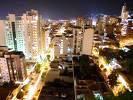 |
Museo Francisco de Paula Santander |
| 7,0 Km |
 |
Museo de Arte Moderno de Bucaramanga |
| 7,1 Km |
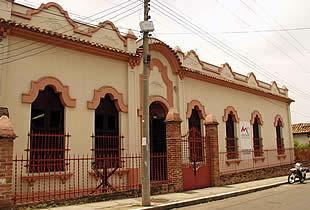 |
Custodio García Rovira House of Culture |
| 7,4 Km |
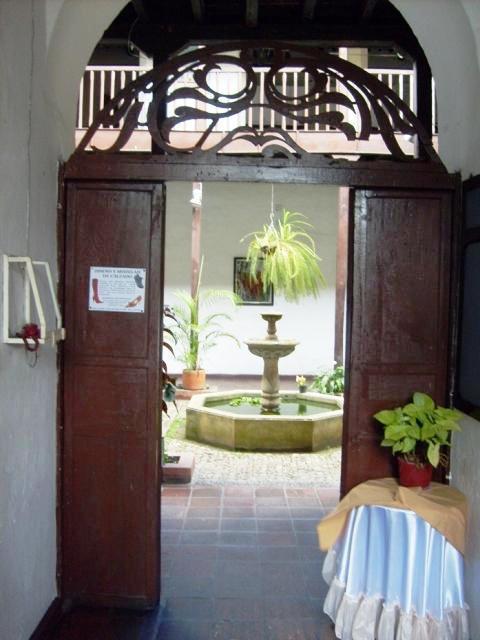 |
House of Bolivar de la Academia de Historia de Santander |
| 7,4 Km |
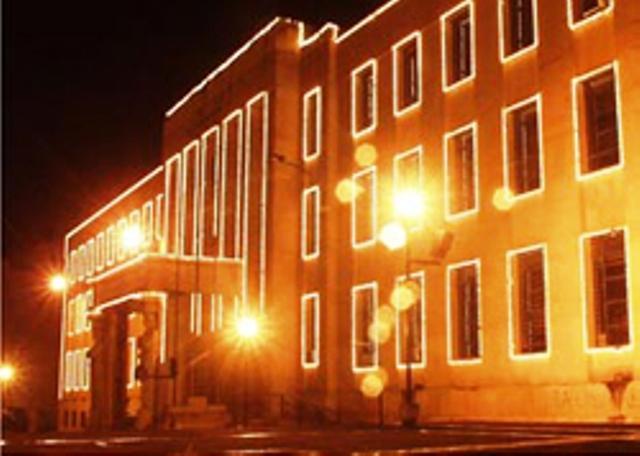 |
Museo Nacional del Tiple |
| 7,7 Km |
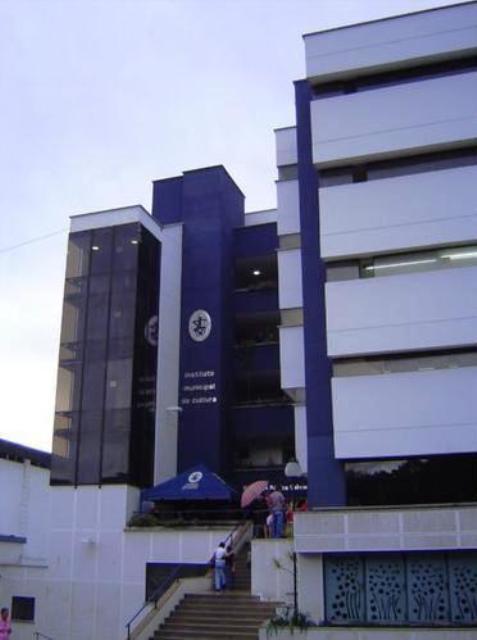 |
House of Culture |
| 8,6 Km |
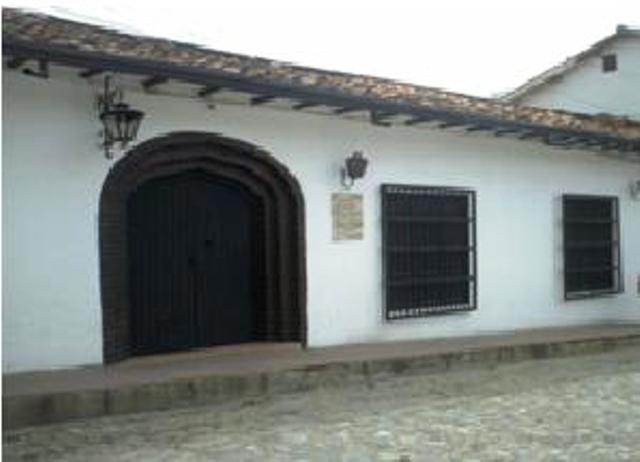 |
Town Hall and Government House |
| 8,7 Km |
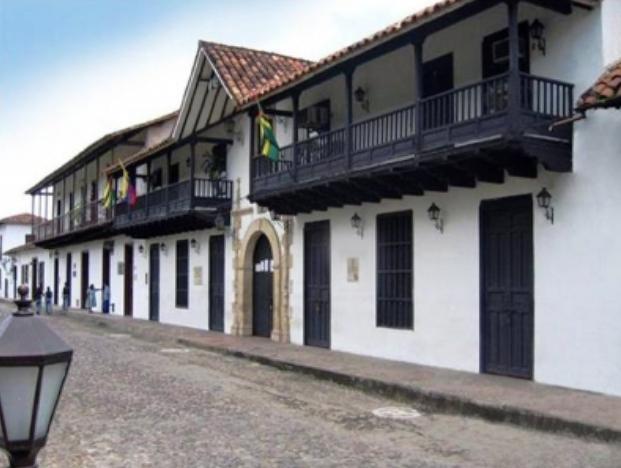 |
Frayle Mansion Museum |
| 8,7 Km |
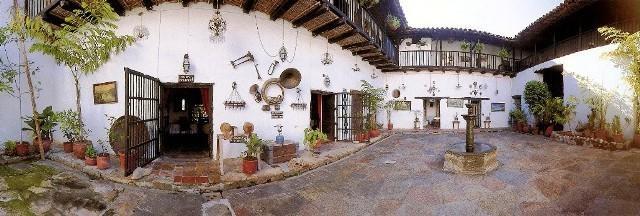 |
Chapel the Lord of Miracles |
| 8,8 Km |
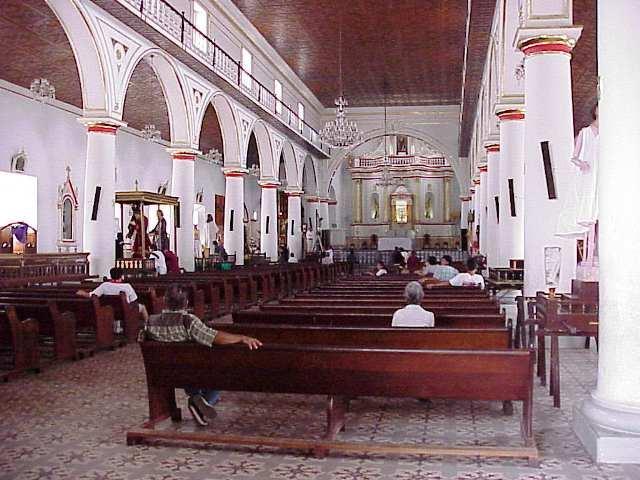 |
Peralta Park the Park of Lovers |
| 8,9 Km |
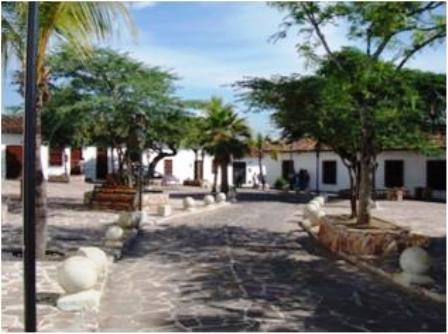 |
The Snow Park |
| 8,9 Km |
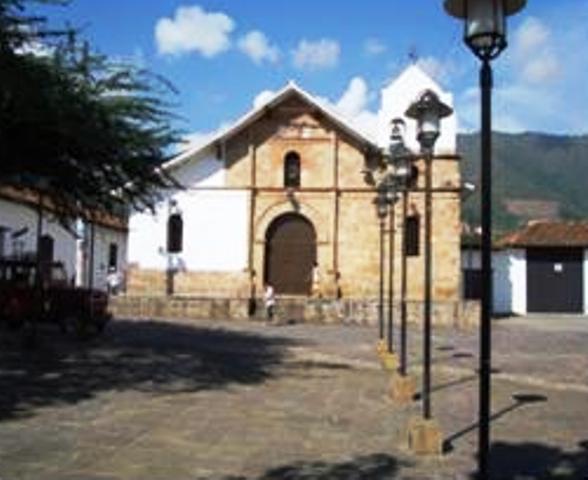 |
Girón |
| 9,2 Km |
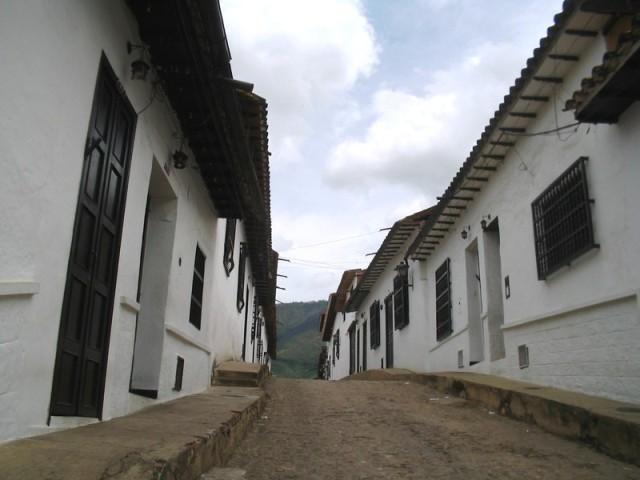 |
village foot of the slope |
| 9,7 Km |
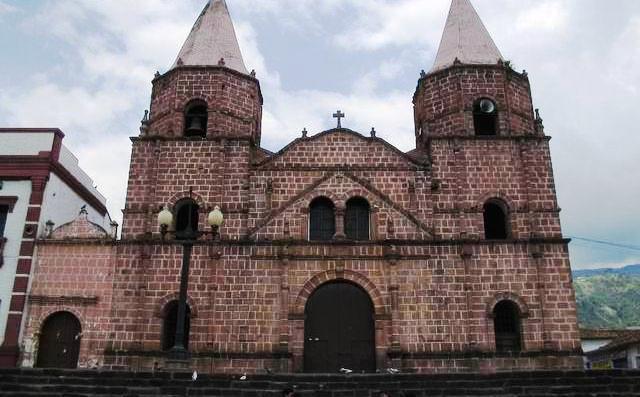 |
Lebrija |
| 15,1 Km |
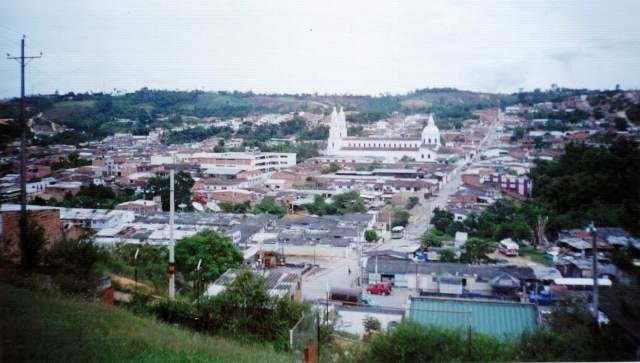 |
Hotel reservation near Floridablanca within a radius of 20 km
Why to book with TOURISTIC ROUTES
The best prices
Our partnerships with the world´s largest operators offer research on the best market prices.
More options
At Rotas Turisticos you can book the hotel, buy the air ticket, book the transfer from the airport to the hotel and vice versa, book the local excursions, rent the car, take travel insurance and consult the places to visit and where to go.
Holiday Tips & Destinations
Hundreds of holiday destinations with all the options that allow you to easily choose the destination that best suits your dream vacation.
TOURISTIC ROUTES
Links


